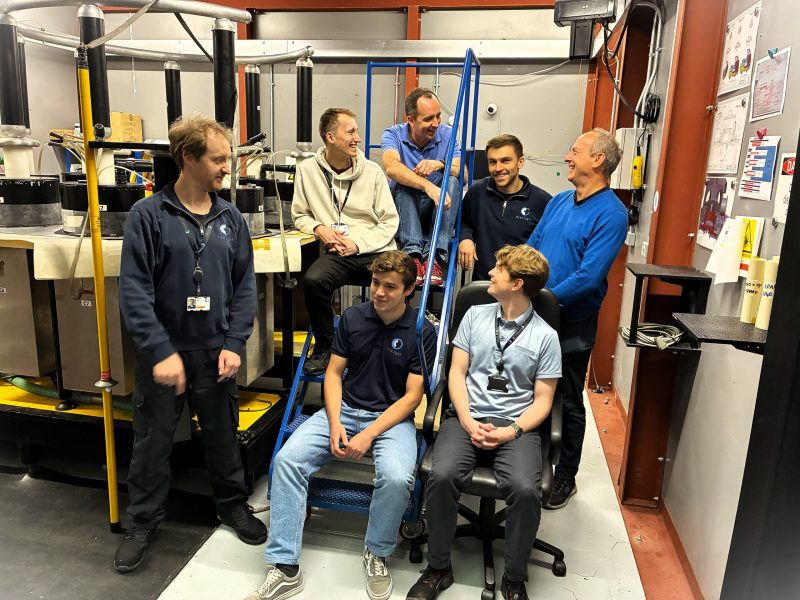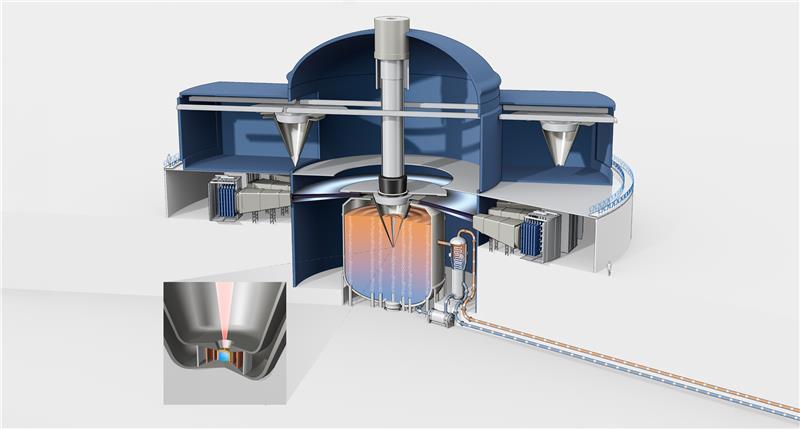Oxford, UK: First Light Fusion, an Oxford-based global leader in researching energy generation via inertial fusion, welcomes the Government’s announcement today that it will invest an initial £220 million over four years into STEP (Spherical Tokamak for Energy Production) to help develop a commercially viable fusion power plant by 2040. First Light Fusion believes this is the kind of foresight and intent that is needed to ensure the world meets its net zero targets.
First Light Fusion, founded in 2011, is a privately funded enterprise taking a unique approach to solving fusion. First Light’s unique projectile fusion approach, which is safe, clean and with the source of energy drawn from the deuterium contained in sea water, virtually limitless, has the potential to transform the world’s energy supply. Unlike existing nuclear power, there is no long-lived waste and raw materials can be found in abundance. As demand for alternatives to carbon-based energy grows, scientists and research institutions are increasingly looking to fusion power to answer the world’s energy requirements.
First Light expects to demonstrate fusion this year, and gain – generating more energy than is used to spark a reaction – by 2024. First Light is already working with Mott MacDonald on a commercial reactor design vision, with the aim of having a fusion plant powering the grid by the early 2030s.
Nick Hawker, Founder of First Light Fusion said:
“We have always believed the UK had the potential to become the world leader in fusion technology and it is very encouraging to see the Government shares this vision. A combination of Government backing, both regulatory and financial, combined with the ambition and scientific expertise of the UK’s fusion scientists, will accelerate our journey towards developing a commercial fusion energy platform.
The STEP proposal is technically strong and seeks to address both the physics and engineering challenges of commercial fusion. A substantial amount of this engineering work will have applications for First Light Fusion as well as UKAEA. While First Light’s approach has the potential to deliver commercial fusion before 2040, the advantages and disadvantages of different approaches aren’t yet all fully known, so we need to explore all options to meet the urgent challenge of climate change.
Even with the maximum possible roll-out of existing renewables technology, which we should continue to pursue, there will be a gap to meet our 2050 zero carbon targets. Power demand will boom in the next two decades and we will need new sources of clean power generation. Fusion has the potential to be significantly cheaper than other clean baseload options and we are delighted it is being considered by policy-makers and investors as a climate change mitigation accelerator.”



